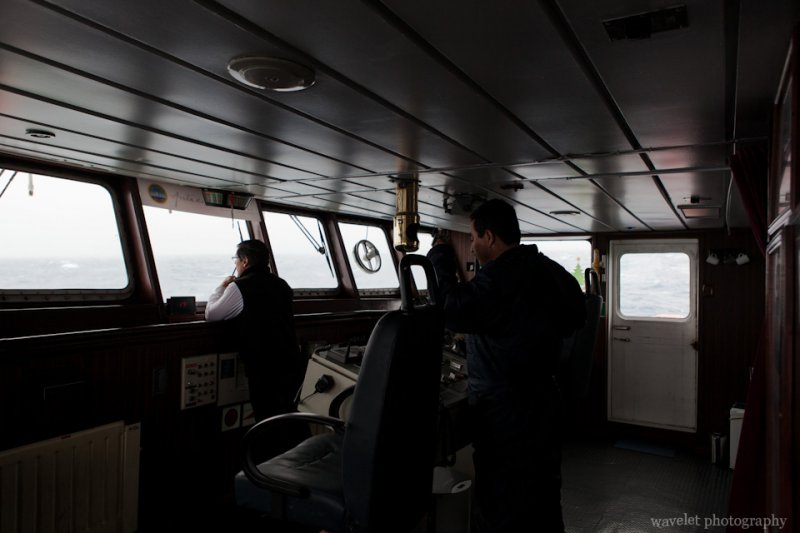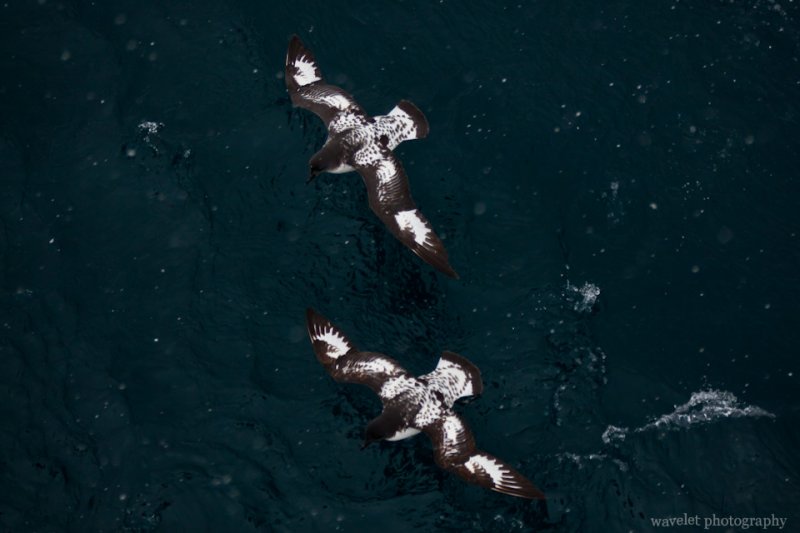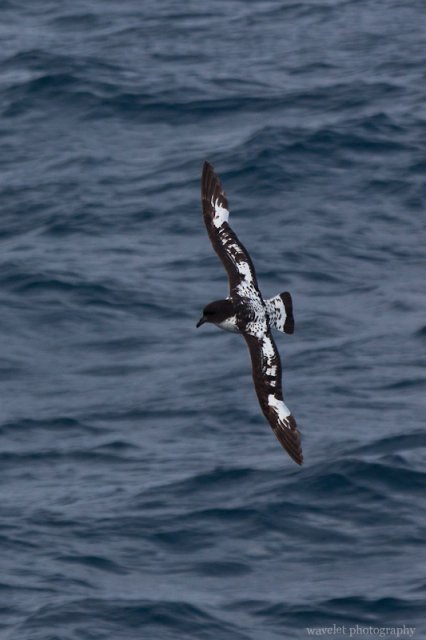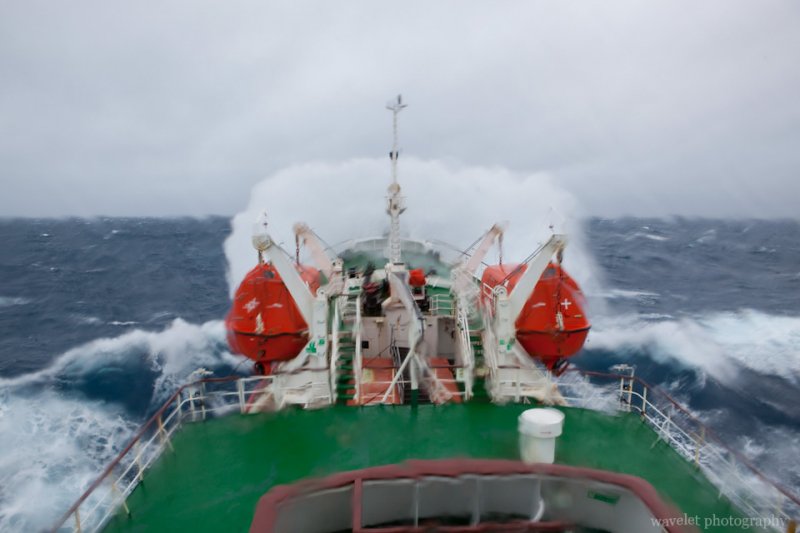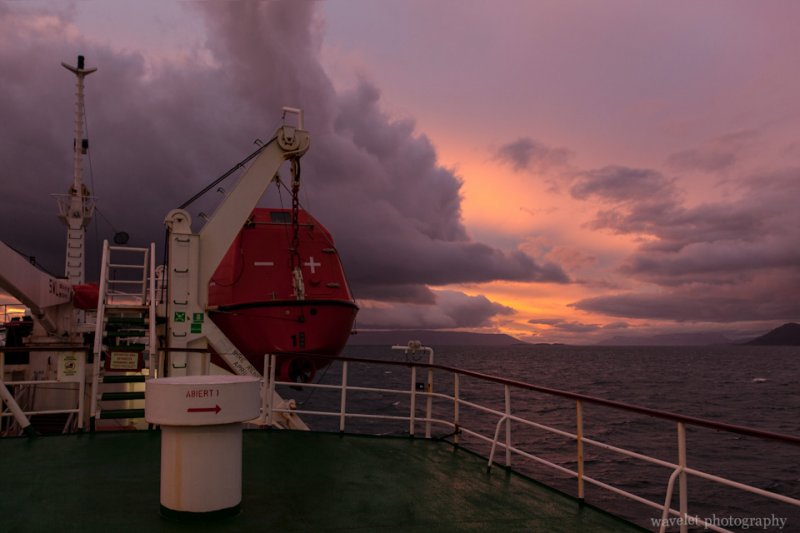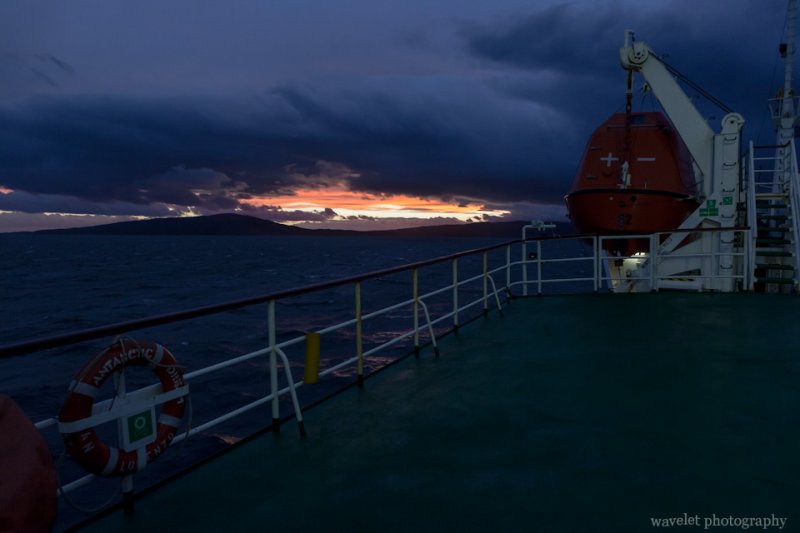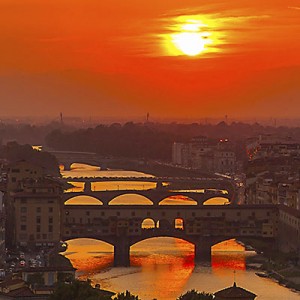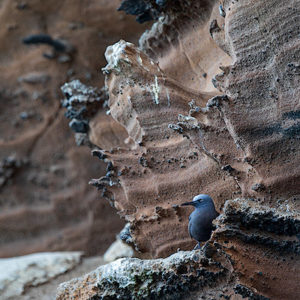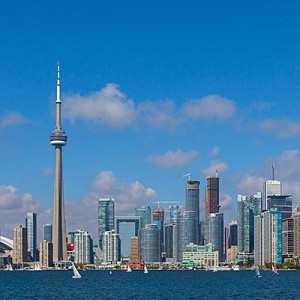2012/1/3 ~ 4Roaring forties, furious fifties and screaming sixties are the names given by the sailors to the strong westerly winds found in the Southern Hemisphere. Drake Passage, notorious for its rough, often violent, sea, spans between the latitudes of 50 and 60 degrees. We will take two days to cross it.
Drake Passage is about 500 miles wide. It’s estimated that the passage was opened around 20 to 40 million years ago. This ‘event’ not only isolated Antarctica from other continents, but also made the unimpeded flow, Antarctic Circumpolar Current, possible. The current keeps the warm water away from Antarctica and further cools down the continent. Many researchers believe it is a major factor of the glaciation of Antarctica. Where the warm and cold water meet, named Antarctic Convergence or Polar Front, sees a sharp change of the surface water’s temperature and forms a significant biological boundary. As the cold water sink, upwelling of deep water bring substantial amount of nutrients and nurtures abundant Krill, which results in food chains supporting fish, whales, seals, seabirds and other species.
The first day on the Drake was quiet and eventless. The whole day was dedicated to lectures. In the morning, Jolande spoke about the Race to the Pole, the competition between Scott and Amundsen to be the first to reach the South Pole. I learned their stories when I was in the middle school; sailing at the Antarctic and listening to their heroic story, I couldn’t help felting inspired again. I believe a lot of people felt the same way, because the whole lecture room was filled by the passengers. After Jolande’s lecture, Lex talked about the whales and dolphins of the area where we had been sailing. After lunch, Jolande gave another talk about the general introduction to Antarctica, including both its geographic features and political status.
The sea was smooth, we were visited only by some Cape Petrels. Petrel and Albatross spend most of their life in flight. Once they grow up, the often fly for several years without returning to the land. Gliding is the most energy-efficient for them to cover the long distance to locate patchy food sources. In fact, their wings are so adapted to glide, when the sea is calm, they are forced to rest on the ocean’s surface and wait for the wind to pick up. We saw this happen several times with these Cape Petrels.
The second days saw a totally different weather. The wind was getting stronger and the sea was rough. Only a few people showed up in Jolande’s presentation on the life of Edward Wilson. He was a naturalist and artist who went to the South Pole and lost his life together with Captain Scott. Although the lecture room is at the bottom of the ship, we couldn’t stay in our seats because of the rolling sea. Even for me who were never too sensitive to anything started feeling uncomfortable for a while. Lying on the bed soon calmed me down, then I was literally thrown out of the bed by a huge wave.
The wind speed reached 60 knots. Not everyone made to the breakfast and lunch. We had to take care of our forks and plates, otherwise, they might fly off the table. One French girl was pushed to the floor and the chain to secure the chair to the floor got broken. The afternoon lecture was cancelled, instead, the film “Around Cape Horn” was shown in the library. The following are two videos I shot on the rough sea. It’s Lex who was making announcement about the film in the first video.
It was foggy outside. We sailed past Cape Horn without actually seeing it. At the afternoon, the wind was still strong but as we closed to the land, Tierra del Fuego, the waves slowed down. We settled our bills on the ship, returned boots and parkas and got our passports back with stamps of Antarctica. Every passengers received an Antarctic Dream’s jacket and a certificate reads,
We hereby certify that while travelling aboard the M/V Antarctic Dream,
XXXX XXXX has set foot on the Antarctic continent, just as the original explorers that came before him/here. This event took place on,
Brown Bluff 30-12-2011
Neko Harbour 31-12-2011Captain: Ernesto Barria Expedition Leader: Stefan Kindberg
After dinner, we had a farewell cocktail party. Stefan urged us to come back and revisit this fascinating continent in the future; then, he held an auction of the captain signed navigation chart of this voyage. After a heated bidding war, the Russian family living in the most expensive suite eventually beat the Spanish family living in the second most expensive suite at $2100.
The sun returned by the late afternoon, I finally saw a sunset after several days. We’ve reached Beagle Channel. The captain stopped the engine. We would wait there until the next day morning to get to the port of Ushuaia.
